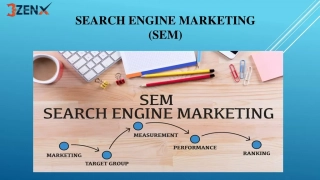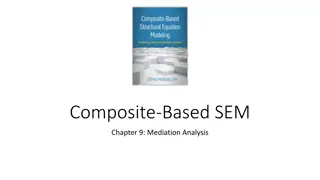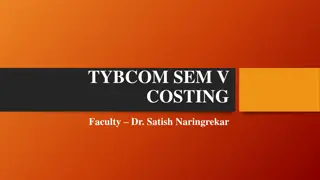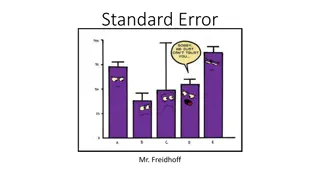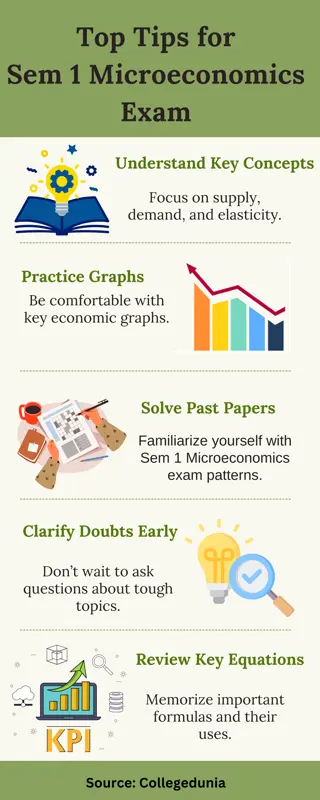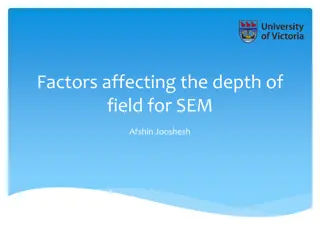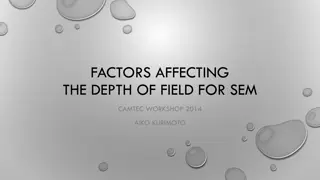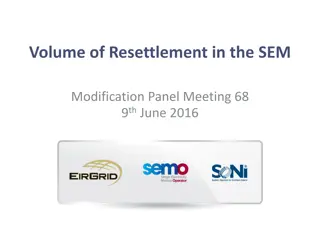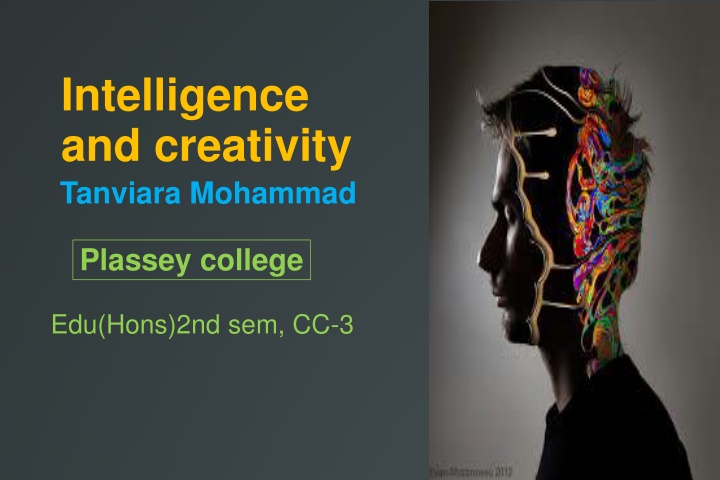
Intelligence: The Nature, Characteristics, and Theories Explored
Explore the concept of intelligence, its nature, characteristics, and major theories including Guilford's Theory of Intelligence. Discover how intelligence is defined, classified, and its impact on cognitive problem-solving skills. Uncover the role of intelligence in learning, adapting to the environment, and maximizing potential. Dive into different perspectives on intelligence from researchers and theorists over the past century.
Download Presentation

Please find below an Image/Link to download the presentation.
The content on the website is provided AS IS for your information and personal use only. It may not be sold, licensed, or shared on other websites without obtaining consent from the author. If you encounter any issues during the download, it is possible that the publisher has removed the file from their server.
You are allowed to download the files provided on this website for personal or commercial use, subject to the condition that they are used lawfully. All files are the property of their respective owners.
The content on the website is provided AS IS for your information and personal use only. It may not be sold, licensed, or shared on other websites without obtaining consent from the author.
E N D
Presentation Transcript
Intelligence and creativity Tanviara Mohammad Plassey college Edu(Hons)2nd sem, CC-3
Intelligence Intelligence is defined as general cognitive problem-solving skills. A mental ability involved in reasoning, perceiving relationships and analogies, calculating, learning quickly etc. Intelligence is a hypothetical idea which we have defined as being reflected by certain types of behaviour.
Nature of Intelligence To understand the nature of intelligence we need to know the classification of intelligence as given by E.L. Thorndike and Garret: 1. Concrete Intelligence 2. Abstract Intelligence 3. Social Intelligence Thus we see the nature of intelligence as the ability for adjustment to environment, ability to perceive relationship between various objects and methods, ability to solve problems, ability to think independently, ability to learn maximum in minimum period of time, ability to benefit from one s own experience and the experience of others.
Characteristics of Intelligence: The main features of Intelligence are the following: Intelligence is an innate natural endowment of the child. It helps the child in maximum learning in minimum period of time. The child is able to foresee the future and plan accordingly. The child is able to take advantage of his previous experiences. The child faces the future with compliance. He develops a sense of discrimination between right or wrong. The developmental period of intelligence is from birth to adolescence. Intelligence is mostly determined by heredity but a suitable environment necessary to improve it.
Theories of Intelligence Different researchers have proposed a variety of theory to explain the nature of intelligence. Here are some of the major theories of intelligence that have emerged during the last 100 years: Guilford s Theory of Intelligence Gardner Multiple Intelligences Theory Sternberg s Triarchic Theory of Intelligence
Guilfords Theory of Intelligence According to Guilford s Structure of Intellect (SI) theory, an individual s performance on intelligence tests can be traced back to the underlying mental abilities or factors of intelligence. SI theory comprises up to 150 different intellectual abilities organized along three dimensions Operations, Content, and Products. Operations dimension SI includes six operations or general intellectual processes: Cognition The ability to understand, comprehend, discover, and become aware of information. Memory recording The ability to encode information. Memory retention The ability to recall information. Divergent production The ability to generate multiple solutions to a problem; creativity. Convergent production The ability to deduce a single solution to a problem; rule-following or problem-solving. Evaluation The ability to judge whether or not information is accurate, consistent, or valid.
Cont... Content dimension: SI includes five broad areas of information to which the human intellect applies the six operations: Visual Information perceived through seeing. Auditory Information perceived through hearing. Kinaesthetic Information perceived through one s own physical actions. Symbolic Information perceived as symbols or signs that have no meaning by themselves; e.g., Arabic numerals or the letters of an alphabet. Semantic Which is concerned with verbal meaning and ideas. Behavioural Information perceived as acts of people.
Cont... Product dimension: As the name suggests, this dimension contains results of applying particular operations to specific contents. The SI model includes six products, in increasing complexity: Units Single items of knowledge. Classes Sets of units sharing common attributes. Relations Units linked as opposites or in associations, sequences, or analogies. Systems Multiple relations interrelated to comprise structures or networks. Transformations Changes, perspectives, conversions, or mutations to knowledge. Implications Predictions, inferences, consequences, or anticipations of knowledge. Therefore, according to Guilford there are 5 x 5 x 6 = 150 intellectual abilities or factors. Each ability stands for a particular operation in a particular content area and results in a specific product, such as Comprehension of Figural Units or Evaluation of Semantic Implications.
Gardner Multiple Intelligences Theory The theory of multiple intelligences was introduced in 1983 by psychologist Howard Gardner in his book Frames of Mind. The essence of Gardner s Multiple Intelligences (MI) is that each person has eight types of intelligence. According to Howard Gardner, intelligence means the ability to learn, to solve problems . This can be done in multiple ways. Each person has developed other intelligences more strongly, leading to different kinds of cleverness. With his theory of multiple intelligences, Gardner aims to emphasise that teachers must assess their student s learning process in a way that provides a correct overview of their strong and weak suits.
Sternbergs Triarchic Theory of Intelligence One of Sternberg s very succinct definitions of intelligence states: Intelligent behaviour involves adapting to your environment, changing your environment, or selecting a better environment.
Cont... Summarized from: Sternberg, Robert (1988) The Triarchic Theory of Intelligence Meta-component sub-theories: Componential intelligence (later know as analytical intelligence) This is the traditional notion of intelligence and includes: Abstract thinking & logical reasoning Verbal & mathematical skills Experiential intelligence (later know as creative intelligence) This is creative thinking which uses: Divergent thinking (generating new ideas) Ability to deal with novel situations Contextual intelligence (later know as practical intelligence) This could be termed street smarts and embraces: Ability to apply knowledge to the real world Ability to shape one s environment; choose an environment
Emotional Intelligence Emotional intelligence (EI), is the capability of individuals to recognize their own emotions and those of others, discern between different feelings and label them appropriately, use emotional information to guide thinking and behaviour, and manage and/or adjust emotions to adapt to environments or achieve one's goal(s).
Characteristics of emotional intelligence Self awareness: People with high EI understand their emotions and they don't let their feelings rule them. Self regulation: This is the ability to control emotions and impulses. Motivation: People with a high EI are willing to defer immediate results for long-term success. Empathy. Social skills.
Daniel Goleman's Emotional Intelligence Theory Goleman broadened Mayer s and Salovey s four-branch system to incorporate five essential elements of emotional intelligence or EQ, the shorthand he sometimes uses: Emotional self-awareness knowing what one is feeling at any given time and understanding the impact those moods have on others Self-regulation controlling or redirecting one s emotions; anticipating consequences before acting on impulse Motivation utilizing emotional factors to achieve goals, enjoy the learning process and persevere in the face of obstacles Empathy sensing the emotions of others Social skills managing relationships, inspiring others and inducing desired responses from them
Definition of Creativity Ability to come up with ideas that are new, surprising and valuable. Associated fields artificial intelligence, cognitive psychology, philosophy, arts etc.. Not a special faculty but is an aspect of general intelligence. Eg. Escher's drawings, Einstein's works, inventions, discoveries etc..
examples Source: http://www.artonot.com/wp- content/uploads/2009/05/pencil-art3.jpg Source: http://www.bnaiyer.com/images/leaf- ganesh.jpg
Measuring Creativity Fluency Flexibility Originality Elaboration Ability
Blocks to Creativity Fear of Failure- Excessive Punishment Allergy to Ambiguity- Excessive spoon feeding Touchiness or fear of humiliation- Lack of confidence, self esteem Resource Myopia- Excessive dependence
Nurturing/Fostering/Stimulating Creativity Allow learners to think, speak and work freely Support self-initiated questioning and learning Demonstrate tolerance and appreciation to unusual thought Avoid questions that requires simple yes/no answer Classroom climate should be relaxed, playful & non-competitive Creative teaching is not restricted by prescribed syllabus
Cont... Teacher should be less authoritarian Encourage debate, discussion, quizzes Using some special Techniques- a. Brainstorming b. Synaptics c. Attribute listing d. Questioning e. Six thinking hats
Relationship between Intelligence & Creativity Intelligence is classically defined as the ability to acquire and utilize circumstances, an Intelligence Quotient (IQ) is gauged by one s ability to utilize information gained historically. Creativity is the ability to come up with new ideas through a mental process of connecting existing concepts. The ideas don t have to be revolutionary (which is a common misconception many people have about creative thinking), they just have to be new for the thinker. knowledge. In testing
Cont Intelligence certainly plays a part in creative thinking, but not how you might expect. Your IQ is generally gauged by an ability to interpret information and provide solutions, no matter the circumstance. In mathematics and basic sciences IQ is immensely important, because it demonstrates your ability to memorize concepts and repeat their results on similar problems. If I tell you that two plus two equals four, you should (ideally) be able to intelligently conclude that four plus four equals twice the original answer.
Cont This fact alone demonstrates intelligence s relation to creativity, one that is vital for not only understanding creative thinking, but for improving it. Another important aspect of intelligence is the ability to filter solutions efficiently. If you re great at acquiring knowledge (say, through reading or lectures or watching videos on YouTube) and you have the ability to put that knowledge to use effectively, but lack the ability to efficiently filter through solutions, you may come up with effective ideas, but it s going to take you a long time. As opposed to those with high intelligence levels who can filter through ideas quickly. Of course and this is the real kicker intelligence only gets you so far when it comes to creativity.
Cont To be creative is to pull existing knowledge into a new situation and quickly sort through potential outcomes. Of course: existing knowledge is something that anyone above a certain threshold on the IQ scale can amass. That intelligence number, it seems, is right around 100 (right in the middle of the average range for IQ test-takers in the United States). If you re reading this, you have the creative potential of anyone with an IQ of 100 or above. Being able to come up with creative ideas isn t something you need an overly-high IQ to accomplish. Once you ve got a level of knowledge gathering and utilization that s about average, you re well on your way to having the creative potential of Albert Einstein, Bill Gates, or Steve Jobs. Mr. Jobs even stated this himself while he was alive by saying; Creativity is just connecting things. When you ask creative people how they did something, they feel a little guilty because they didn t really do it, they just saw something. It seemed obvious to them after a while. That s because they were able to connect experiences they ve had and synthesize new things. And the reason they were able to do that was that they ve had more experiences or they have thought more about their experiences than other people.
Cont So intelligence matters, it demonstrates your ability to gather knowledge and effectively use it. Creativity is the ability to go beyond the intelligence frame and capitalize on seemingly random connections of concepts. In conclusion: expert creative's don t need to be more intelligent than the average person. They simple do three things more diligently than anyone else: they have more experiences, they think on their experiences more often, and when they start pursuing potential outcomes to problems or projects they simply work more with the ideas they come up with (whereas everyone else gives up after evaluating just one or two possible ideas, or by letting their inner critic prevent them from exploring more).
References Boden, M. (1991). The Creative Mind:Myths and Mechanisms. New York: Basic Books. Margaret A. Boden. Creativity and Artificial Intelligence. Artificial Intelligence, 103:347 356, 1998. Dehn, N. (1981) Story Generation After TALE-SPIN, IJCAI 81 (San Mateo, CA: Morgan Kaufmann), 16 18. Sim, S.K, Dufy, A.H.B., (2002). Knowledge Transformers-a link between learning and creativity, AID02 Workshop on Learning and Creativity. http://en.wikipedia.org/wiki/Creativity http://en.wikipedia.org/wiki/Computational_creativity www.cad.strath.ac.uk/AID02_workshop/knowledge.pdf

